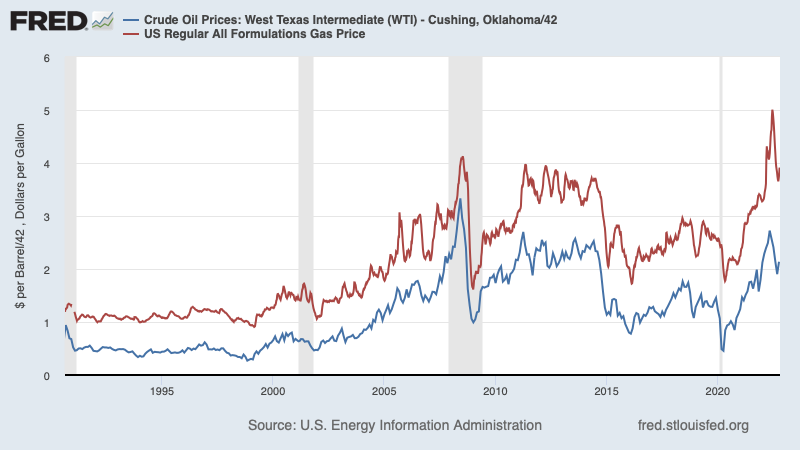
Contrast: Manhattan's Upper West Side houses around 200,000 people in 1.9 square miles. And it's not an urban hellhole! In fact, it's pretty genteel, side streets are surprisingly quiet, and the quality of life — if you can afford a residence — is high 1/
https://twitter.com/JamesSurowiecki/status/1583982505811914752
Of course, it's not affordable for most people: apartments cost on average around $1600 a square foot 2/realtor.com/realestateandh…
But that doesn't mean that density is pointless. By living in 15-story apartment buildings rather than low-rise structures, the elite residents of the Upper West Side free up urban land elsewhere in New York, helping make housing more affordable in other areas 3/
New York as a whole is still expensive. But that's because it doesn't allow enough density overall, not because some affluent neighborhoods are dense 4/
• • •
Missing some Tweet in this thread? You can try to
force a refresh







